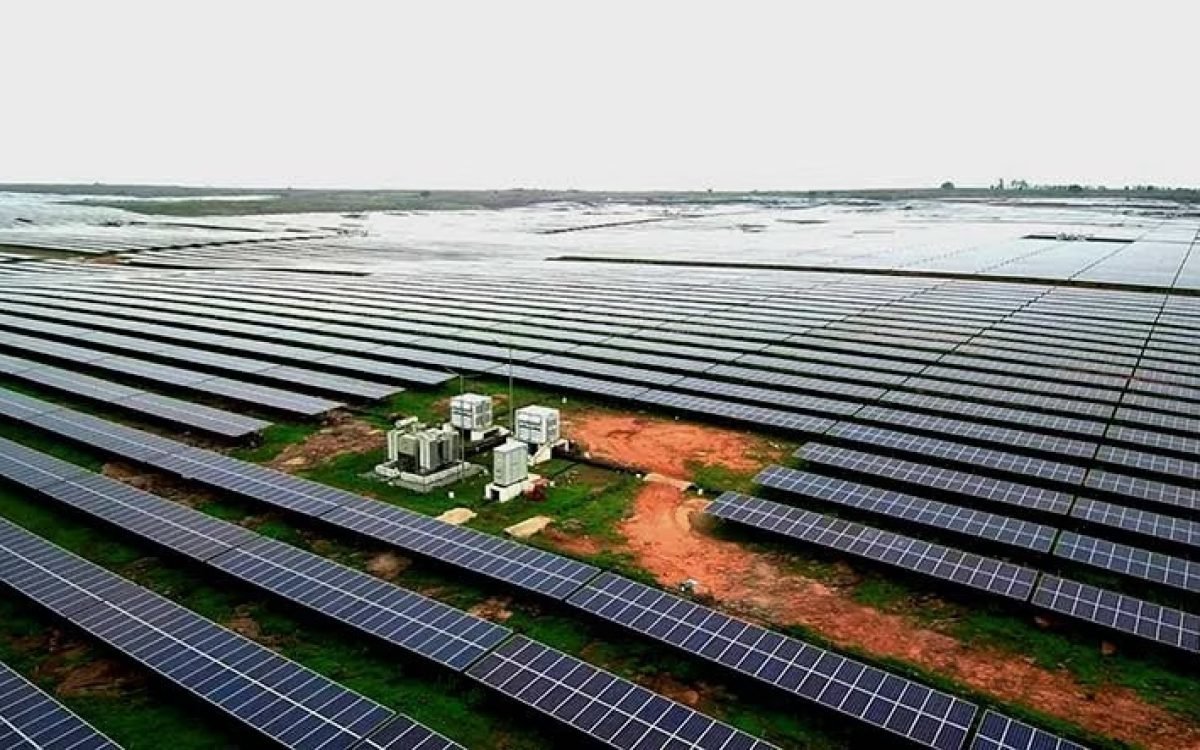In a world where renewable energy solutions are becoming increasingly vital, a groundbreaking study conducted by scientists at Lancaster University, in collaboration with the University of Reading, has unveiled a remarkable potential lying within UK solar parks: the ability to support the nation’s bees and butterflies. Published in the esteemed journal Ecological Solutions and Evidence, this research marks a significant milestone in understanding the symbiotic relationship between solar parks and pollinators.
The study, encompassing 15 sites across the UK, provides the first peer-reviewed field data of insect pollinators within solar parks. Astonishingly, the research recorded over 1,400 pollinators spanning more than 30 species, including butterflies, hoverflies, bumblebees, moths, and honeybees. Among these, the meadow brown butterfly emerged as the most frequently observed species, with bumblebees gracing two-thirds of the solar parks. Notably, the small heath butterfly, a priority biodiversity species, was sighted at three solar parks, underscoring the parks’ potential as havens for endangered species.
Crucially, the study identifies two pivotal factors determining the efficacy of solar parks in supporting pollinators: the presence of flowering plants within the parks and the characteristics of the surrounding landscape. Contrary to expectations, it was revealed that a greater diversity of flowering plant species within solar parks correlated with increased pollinator abundance and biodiversity. Moreover, the study emphasizes that pollinators benefit more from a variety of flowering species to forage across, rather than sheer numbers of flowering plants.
The significance of the surrounding landscape cannot be overstated. Solar parks managed for biodiversity in disconnected landscapes with fewer features, such as hedgerows, emerged as the most beneficial for pollinators. In such environments, where natural resources are scarce, pollinating insects rely heavily on the food sources provided within the solar parks, highlighting the critical role these installations can play in supporting biodiversity.
Hollie Blaydes, the lead author of the study, underscores the importance of restoring resources for pollinating insects in landscapes and emphasizes the untapped potential of solar parks to bolster biodiversity. Professor Alona Armstrong, Principal Investigator of the study, echoes this sentiment, stressing that while solar parks are instrumental in meeting the UK’s renewable energy targets, they also hold immense promise in fostering insect biodiversity when managed judiciously.
As the world grapples with the urgent need for sustainable energy solutions, the findings of this study offer a ray of hope. By embracing solar parks as not only generators of clean energy but also sanctuaries for pollinators, we can pave the way towards a greener, more biodiverse future.









